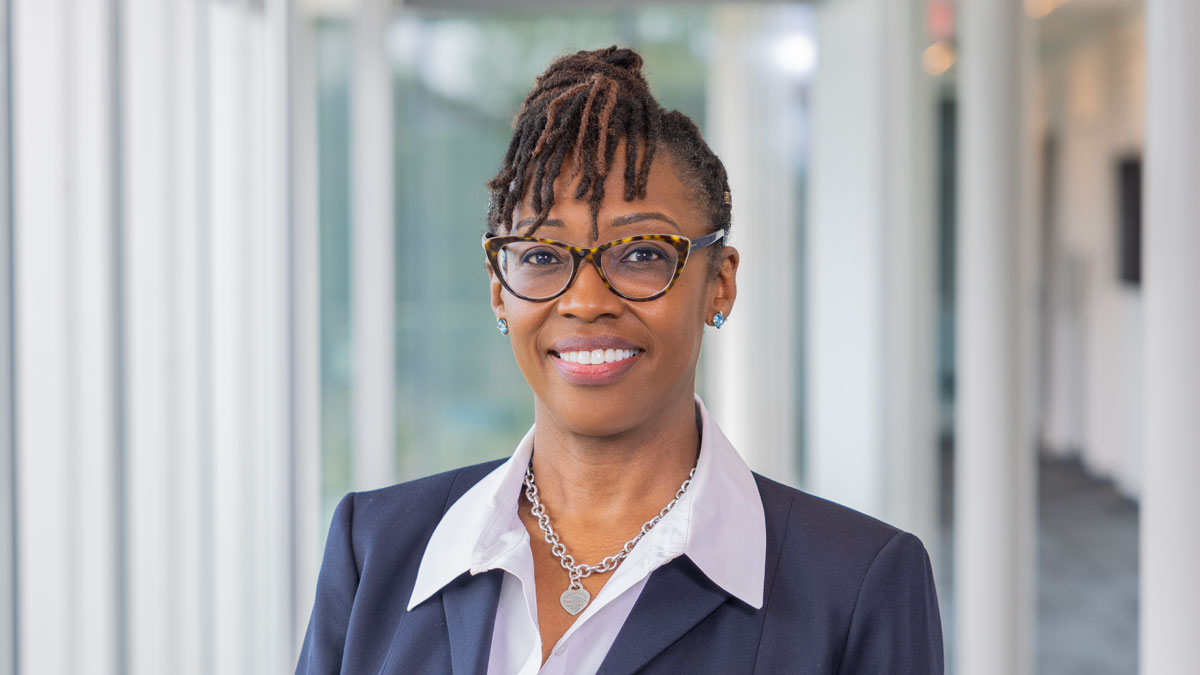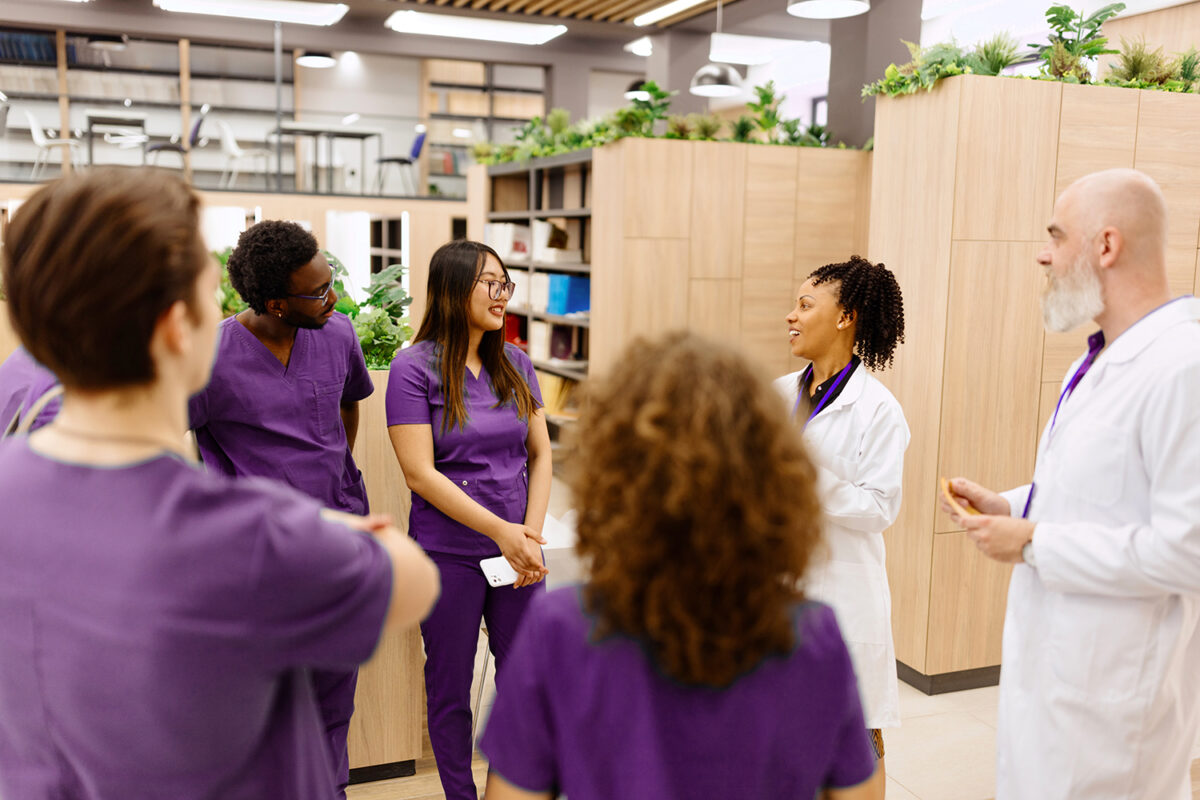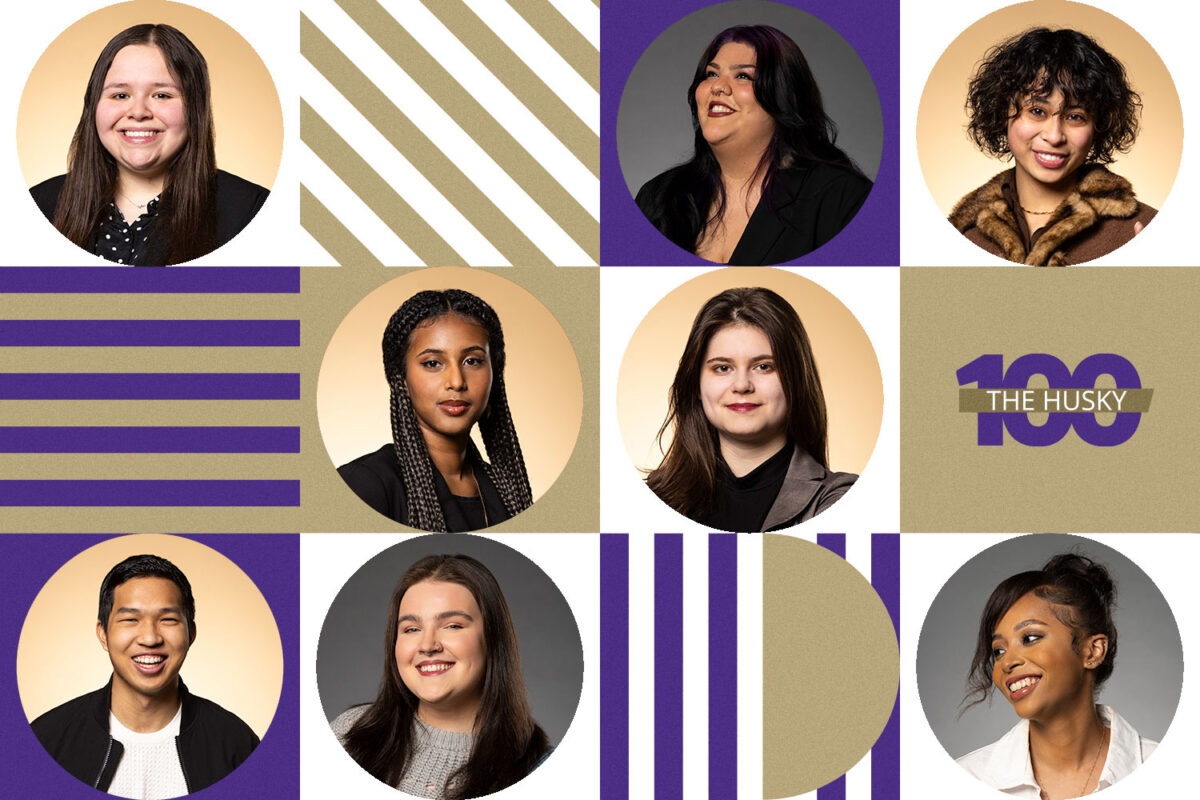By Professor Bryan White
Personalized medicine, the ability of doctors to recommend treatments based on an individual’s genome, promises better therapies to combat disease and increase wellness. The technological advances that now allow consumers to sequence their genome for as little as 100 dollars have spurred the growth of consumer targeted businesses that promote the hope and hype of individually tailored treatments. Schools such as Stanford University and University of California Berkeley have made previous attempts at capitalizing on the inherent interest in personal genomic sequencing to engage students in science learning. Learning from the pitfalls of previous institutions and guided by the strengths of the University of Washington Bothell in areas of collaboration, cross-disciplinary inquiry, and community engagement, Bryan White, a Senior Lecturer in the Division of Biological Sciences, designed an exciting investigative biology class on “Personalized Medicine-Hunting Mutations and Targeting Disease.”
Quarterly Biological Sciences Showcase
Every biology student at the University of Washington Bothell is required to engage in authentic, hands-on biology research during their studies. This can take the form of one-on-one mentoring within the lab of biology faculty, an internship at a local biotech company, or an intimate 12 person investigative biology class where students engage in a 10 week long intensive research experience guided by their instructor. In this way, every biology student leaves the University of Washington Bothell having conducted biology research firsthand and can use these experiences to contextualize their biology learning, make informed decisions about job choices in the future, and have specific examples to champion in job and academic interviews after they leave the University. On December 11th, 46 biology undergraduates presented their research endeavors at the Quarterly Biological Sciences Showcase to a packed audience of faculty, staff, friends, and family. Topics ranged from an analysis of crow behaviors and vocalizations, the plasticity of the mustard seed plant Arabidopsis in drought conditions, to comparing genetic polymorphisms in West African populations, as well as many others. “Hunting mutations-exploring human single nucleotide polymorphisms for associations with wellness and disease” was just one of many excellent presentations, and this class is indicative of the strengths of an education at the University of Washington Bothell.
Students had complete ownership of their research and worked together creating a 12-person interdependent group that achieved much more than could have been done individually. The diversity of the group’s talents and passions allowed various individuals to take the lead during different parts of this student-centered research project. The scope of the work that was completed was particularly impressive. In 10 weeks, students researched diseases or wellness factors of personal interest, determined if there were genetic risk factors associated with these conditions, and used bioinformatics to search through the exome of an anonymous human for single nucleotide polymorphisms (SNPs) that would indicate the presence of a risk factor. Students then extracted DNA from samples of saliva from this anonymous human donor and confirmed the presence of the SNP by amplifying and making millions of copies of this region of DNA and sending them off for sequencing. In order to begin to study what this SNP might do to the function of the gene, students cloned their SNP right next to green fluorescent protein (GFP) such that when this SNP is made by a cell, the cell creates a GFP-fusion protein and this protein will glow green when shined with a specific wavelength of light.
In order to complete this staggering amount of work, students collaborated with researchers at the University of Washington Institute for Stem Cell and Regenerative Medicine in South Lake Union. They met in small groups with active researchers to become inspired and learn tips for securing scientific laboratory jobs in the future. “This work could not have been done without the support and generosity of Chuck Murray, Randall Moon, and many others at the Institute for Stem Cell and Regenerative Medicine,” White says. “Specifically Jason Berndt, a Research Scientist in the laboratory of Randall Moon, spent countless hours with me and my students sharing reagents and advice as we tackled various problems along the way. He was such a great teacher and role model to my students in terms of the collaborative nature of science.”
Students also got advice and inspiration from many researchers at Arivale, a Seattle-based startup company co-founded by Lee Hood. “Talking to researchers at Arivale and learning what they want to see in our graduates was priceless information to contextualize this experience for my students.”
Ninety percent of experiments do not work, and many times students can get discouraged by the lack of immediate gratification. “The perseverance and innovation demonstrated by these students were phenomenal. They would hit a roadblock and spend an hour brainstorming different solutions at the whiteboard, with all this happening without me telling them to do it!” White exclaimed.
Students seemed just as enamored by this transformative learning opportunity. “This wasn’t just a class or a research project, this was an experience,” commented UWB student John Omalley.
Scott Miller explained, “Professors frequently tell their students that science is messy, and rarely works the first time. This is simple to understand in theory, but in practice assigned lab work is often pre-tested and does work the first time. I think what really set this class apart from others I’ve taken is that was messy. We set out with lofty goals and hit roadblocks every step of the way. Drawing from analytical skills honed in previous classes and life experience we tackled these obstacles and overcame them. Though this struggle can be stressful and daunting at times, it makes accomplishing what you set out to do indescribably rewarding.
Justin Thompson added, “This class exemplified what I hope to get out of my education. Not only did we cover a wide array of fascinating laboratory techniques and concepts, but we were also challenged to apply real-world skills to solve complex problems. In contrast to many lecture based courses, we were given the space to tackle issues with a collaborative and science based approach, which we used to develop and test novel solutions to complex problems. This led to a level of investment, both in the class topics and in each other, much higher than I have experienced.”
Elisabeth Petras summed up her experience, “Coming to college, you have hopes of having memorable experiences; the ones that affect you and you just know that years you will look back at them with fond thoughts. This class was definitely one of those experiences. In most classes you learn about science, but very few allow you to actually experience it. With this class, I got to do this; I was able to see firsthand what science is actually like.”
“You read in textbooks and hear in lectures about discoveries made by scientists through experiments, and it always made me wonder how they thought them up, what made them decide to test this? And then I got to this class, where you see that science isn’t really that. It’s a series of experiments; it’s troubleshooting why it didn’t work, why you got the results you did. It’s a process and if something doesn’t go right, that is okay; most of the time things don’t. Those are still results; they are still useful to your knowledge. And when we finally got our results to work, it was such a proud moment. It wasn’t like we just got result,s but that we had figured out the problem. We had used our knowledge to work through the issues; we had figured it out.”
Watch the class research presentation at https://youtu.be/auhxqcFK3ng



